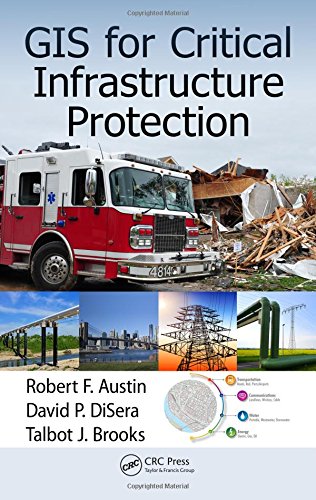

Most ebook files are in PDF format, so you can easily read them using various software such as Foxit Reader or directly on the Google Chrome browser.
Some ebook files are released by publishers in other formats such as .awz, .mobi, .epub, .fb2, etc. You may need to install specific software to read these formats on mobile/PC, such as Calibre.
Please read the tutorial at this link: https://ebookbell.com/faq
We offer FREE conversion to the popular formats you request; however, this may take some time. Therefore, right after payment, please email us, and we will try to provide the service as quickly as possible.
For some exceptional file formats or broken links (if any), please refrain from opening any disputes. Instead, email us first, and we will try to assist within a maximum of 6 hours.
EbookBell Team

5.0
90 reviewsGIS for Critical Infrastructure Protection highlights the GIS-based technologies that can be used to support critical infrastructure protection and emergency management. The book bridges the gap between theory and practice using real-world applications, real-world case studies, and the authors’ real-world experience. Geared toward infrastructure owners and first responders and their agencies, it addresses gaps in the response, recovery, preparedness planning, and emergency management of large-scale disasters. It also explains the first principles of CIP, introduces the basic components of GIS, and focuses on the application of GIS analysis to identify and mitigate risk and facilitate remediation. In addition, it offers suggestions on how geospatial and emergency response communities can come together―and with combined knowledge―work toward viable solutions for future improvements.
GIS for Critical Infrastructure Protection serves as a reference for infrastructure owner’s police, fire, paramedics, and other government agencies responsible for crisis and emergency response, and critical infrastructure protection. The book benefits first responders and infrastructure owners working to ensure the continued safety and operability of the nation’s infrastructure.